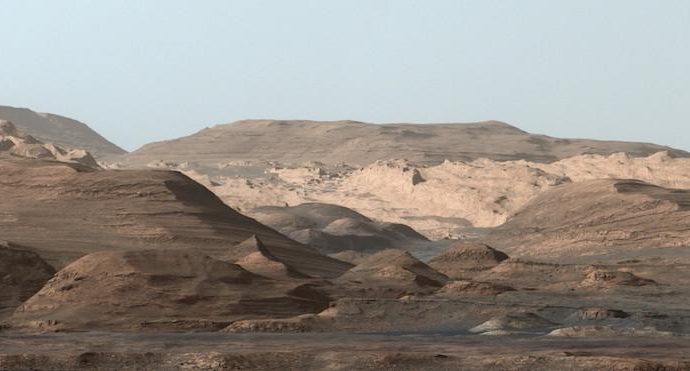The NETS meeting is wrapping up today at the Pacific Northwest National Laboratory in Richland, Washington.
The Nuclear And Emerging Technologies For Space is an annual gathering of people from NASA, National Laboratories, industry, and academia to discuss space nuclear power and propulsion as well as new and emerging technologies that make further space exploration possible, safe and economic.
For future space missions, especially for establishing colonies on the Moon or Mars, we need new energy systems to power larger facilities and spacecraft.
So far, NASA has done well with small nuclear systems that power our unmanned spacecraft to distant planets. On January 1st 2019, the nuclear powered New Horizon’s spacecraft flew by the most distant object ever observed up close – Ultima Thule, far beyond Pluto, in the region called the Kuiper Belt, outside the Solar System proper. It will continue on into the Oort Cloud, the outermost region of the Solar System remaining from the original nebula from which the Sun and planets formed, before it exits our Solar System completely.
The New Horizons spacecraft flew by minor planets such as Charon (shown here) orbiting Pluto, and Ultima Thule (in the Kuiper Belt) on its path out of our Solar System. It would be impossible to get these images or approach any distant planet without nuclear power as the Sun is only another dim star in their skies. New Horizons is powered by Pu-238.NASA
The spacecraft could not have done so without nuclear energy. Solar energy does not work much beyond Mars and only in line-of-sight with the Sun. Chemical sources don’t work for very long as their energy density is too low and their weight is prohibitive on long missions.
So as we gear up for more government and private commercial space exploration and development, we need conferences where we can discuss and exchange information in this area.
NETS fills this role. It is a topical meeting of the American Nuclear Society (ANS), hosted by the Aerospace Nuclear Science and Technology Division and the ANS Eastern Washington Section. Papers presented at the meeting can be seen here. Everything was discussed, from Nuclear Powered Cryobots that can access the oceans of Icy Planets like Europa, to Nuclear Thermal Rockets, to developing special composite and polymer materials to withstand long times in space.
See the rest of the story on Forbes

































Leave a Comment
You must be logged in to post a comment.